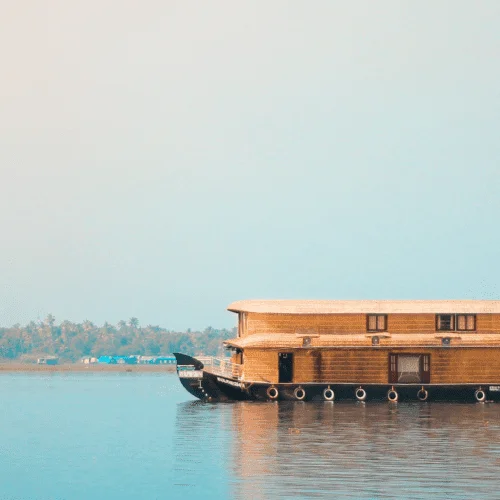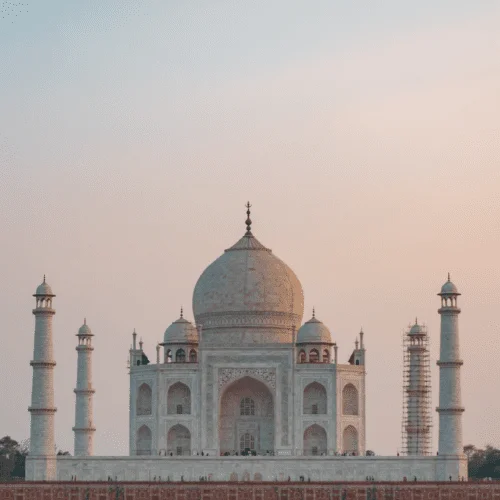If you’re wondering what language is spoken in Nepal, you’re about to discover a fascinating aspect of this culturally rich country. Nepali is the primary and official language of Nepal, but the nation’s linguistic landscape extends far beyond this common tongue. Nepal is home to a wide variety of Nepali dialects, regional languages of Nepal, and minority languages in Nepal, making it a unique destination for language lovers and travelers alike. Understanding the languages spoken in Nepal is essential for anyone looking to engage more deeply with its culture, history, and traditions.
The capital city, Kathmandu, and other regions offer an enriching experience for those who want to explore Nepal’s multilingual culture. Whether you are traveling or conducting research, knowing what language is spoken in Nepal will enhance your journey through this diverse and vibrant country.
The main language spoken in Nepal is Nepali, which is the official language of Nepal. Nepali is the primary means of communication in government, education, business, and media. It is a member of the Indo-Aryan language family and has evolved from Sanskrit, which explains its rich vocabulary and complex grammatical structure. The language plays an important role in unifying the diverse population of Nepal, enabling communication between people from different linguistic backgrounds.
Despite Nepali being the most commonly spoken language, many people in Nepal speak a variety of Nepali dialects influenced by geographical, cultural, and ethnic factors. For example, dialects such as Khas Nepali and Gorkha Nepali are used by people from different regions, each carrying its own distinct pronunciations and expressions. The capital city, Kathmandu, is a hub for this diversity, where multiple languages are used daily.
Nepali is written using the Devanagari script, which also serves as the script for languages like Hindi and Sanskrit. The widespread use of this script across the country reflects Nepal’s historical ties to the larger South Asian linguistic and cultural traditions.
Nepali holds the prestigious status of the official language of Nepal, and it is used in almost all aspects of public life, including in government documents, media broadcasts, and public education. As the official language of Nepal, Nepali serves as the primary medium for national communication, ensuring that people from different regions and ethnic backgrounds can interact in a shared language.
The connection between Nepali and Sanskrit is profound, as Nepali evolved from an earlier version of Sanskrit through the Khas language. This historical development contributed to Nepali’s lexicon, which contains a significant number of Sanskrit loanwords. Today, Nepali serves as a bridge between the people of Nepal, allowing them to communicate despite speaking different regional languages of Nepal.
The Devanagari script, which is used to write Nepali, further connects Nepal with other South Asian countries that use the same writing system, such as India. This script helps preserve Nepal’s rich literary and cultural traditions, including classical literature and ancient scriptures.
While Nepali is the predominant language across the country, various Nepali dialects are spoken in different regions of Nepal. These dialects are shaped by historical, geographical, and cultural influences. Some of the notable Nepali dialects include:
Each Nepali dialect provides insight into the cultural identity of the people who speak it. These regional variations are a testament to the diversity of Nepal’s linguistic landscape, and they enrich the country’s heritage.
In addition to Nepali, several other regional languages of Nepal are spoken by various ethnic communities. These languages contribute to Nepal’s cultural mosaic and represent the diverse traditions of the people living in different parts of the country. Some of the major regional languages of Nepal include:
These regional languages of Nepal are not only important for communication but also play a central role in maintaining the cultural and ethnic identities of the communities that speak them. So, the question what language is spoken in Nepal extends to these other languages spoken in various regions.
Nepal is home to a vast array of minority languages in Nepal, many of which are spoken by smaller communities in rural or remote areas. These languages are a crucial part of Nepal’s cultural heritage and reflect the country’s ethnic diversity. Some examples of minority languages in Nepal include:
These minority languages in Nepal are increasingly at risk due to the dominance of Nepali and English. Efforts are being made by the government and NGOs to preserve these languages and ensure that they continue to be spoken by future generations. This diversity further broadens the answer to what language is spoken in Nepal.
Kathmandu, Nepal’s bustling capital, is a linguistic hub that showcases the country’s multilingual culture. Nepali is the most widely spoken language in Kathmandu, but the city also has a rich diversity of languages, including Newari, English, and various regional languages of Nepal.
Newari, the language of the indigenous Newar people, is commonly spoken in the Kathmandu Valley, while Nepali is the dominant language for communication between people from different ethnic backgrounds. In addition to these languages, English is widely used in business, education, and urban settings, making Kathmandu a cosmopolitan city where multiple languages coexist.
Nepal is a land of exceptional multilingual culture, with over 120 languages spoken across the country. This linguistic diversity reflects the ethnic and cultural richness of Nepal and is an essential part of the nation’s identity. While Nepali serves as the unifying language, regional languages of Nepal and minority languages in Nepal continue to thrive, especially in rural areas where people hold tightly to their linguistic heritage.
This cultural diversity also poses challenges, as urbanization and globalization lead to the erosion of some of Nepal’s smaller languages. However, the continued use of Nepali dialects and regional languages in daily life helps to preserve these rich traditions, and contributes to the larger understanding of what language is spoken in Nepal.
As Nepali and English become more widespread, many of Nepal’s minority languages in Nepal face the risk of extinction. The rapid growth of cities and increased access to education in Nepali and English contribute to the decline of these languages. However, efforts are being made to document and preserve these languages through educational programs, cultural initiatives, and media.
The loss of a language often means the loss of an entire cultural worldview, making language preservation a critical issue for Nepal’s diverse communities.
Understanding what language is spoken in Nepal can significantly enhance your travel experience. While Nepali is spoken everywhere, learning basic phrases in Nepali can help you connect with locals, especially in rural areas where regional languages of Nepal are more common. Here are a few useful Nepali phrases for travelers:
This traditional greeting is widely used in Nepal and is a polite way to acknowledge others, whether you’re meeting someone for the first time or passing by.
Expressing gratitude is an important aspect of Nepalese culture. Saying Dhanyabad will show appreciation and respect for the hospitality you receive.
This is a common greeting used to ask how someone is doing. It’s a great way to engage in small talk and show interest in the local people.
This phrase can be helpful when you’re unsure about what activity to engage in, especially when asking locals for suggestions or directions.
If you’re learning Nepali, this phrase will be appreciated. Locals will often encourage you, and it can be a great way to bond over the shared effort of learning their language.
If you’re enjoying the local cuisine, you can say this to compliment the food. Nepali food is delicious, and this phrase will endear you to the local people.
This phrase is handy when asking for directions. Whether you’re looking for a hotel, a temple, or a restaurant, it will help you navigate the city or countryside.
If you need to apologize or get someone’s attention, this is the phrase to use. It’s polite and can help you in various social situations.
Engaging in simple conversations in Nepali or the local regional languages will allow you to experience Nepal’s hospitality and culture in a deeper way. Even a few words can break the ice and create more meaningful connections with the locals, making your travel experience much richer and more enjoyable.
If you’re ready to explore Nepal’s linguistic and cultural diversity, QXP India offers curated journeys that will immerse you in the country’s rich heritage. Experience the beauty of the Himalayas, interact with locals in Nepali, and learn about the various regional languages of Nepal. Start your adventure today by booking with QXP India and discover what makes Nepal so unique!









